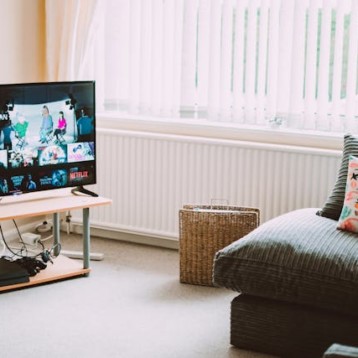|
OLEDs have special importance within the display technologies as they are characterized by a radically easy manufacturing process when compared to that of flat panel displays based on LCD technology. OLEDs can be manufactured using an inkjet printer or screen printing technologies, what results in significant reduction in production costs of flat panel OLED displays. OLEDs can not only be developed into flat panel displays, but also be printed onto flexible substrates such as roll up displays, fabrics and even displays embedded in fabrics.
However, the biggest issue with current OLEDs is their lifetime constraint that, for example, limits the blue OLEDs to operational time of 14,000 hours which is equivalent to just over a year. This new development by DuPont transforms the uneconomical OLED technology into a product that could be cost-efficiently commercialized in the future.
“Printing OLEDs significantly lowers the cost to manufacture displays, and with Gen 3 materials technology, display manufacturers can see the material lifetimes and performance required for commercialization,” said William Feehery, global business director at DuPont OLED Displays. The lifetimes of OLEDs have increased five folds within two years and it is hoped that the technology can soon be employed in mobile displays, televisions and general lighting, at a lower cost than that of respective competitive products.
In a display, green contributes more to white brightness, thus making it more worthy than blue or red and in the process increasing the total display time of an OLED display. Thus, extending the lifetime of the green OLED material is more important than other colors. The lifetime of one million hours for the green material approximates to a little over 100 years of continuous usage. Adding to that, the green OLED material has a current efficiency of 25 cd/A and excellent color coordinates (0.26, 0.65).
“DuPont Gen 3 technology is creating a step change in the lifetime of OLED materials and also is expected to benefit future material developments,” added Feehery.
TFOT has previously written about the world’s first OLED with a wireless frame that sports a 7.6-inch diagonal digital panel utilizing Kodak’s OLED technology. You are also welcome to read articles on Sony’s 11-inch OLED-based TV and an OLED-based cellular phone which includes a touch-screen interface.
For further information on OLEDs, you can visit DuPont Displays.










